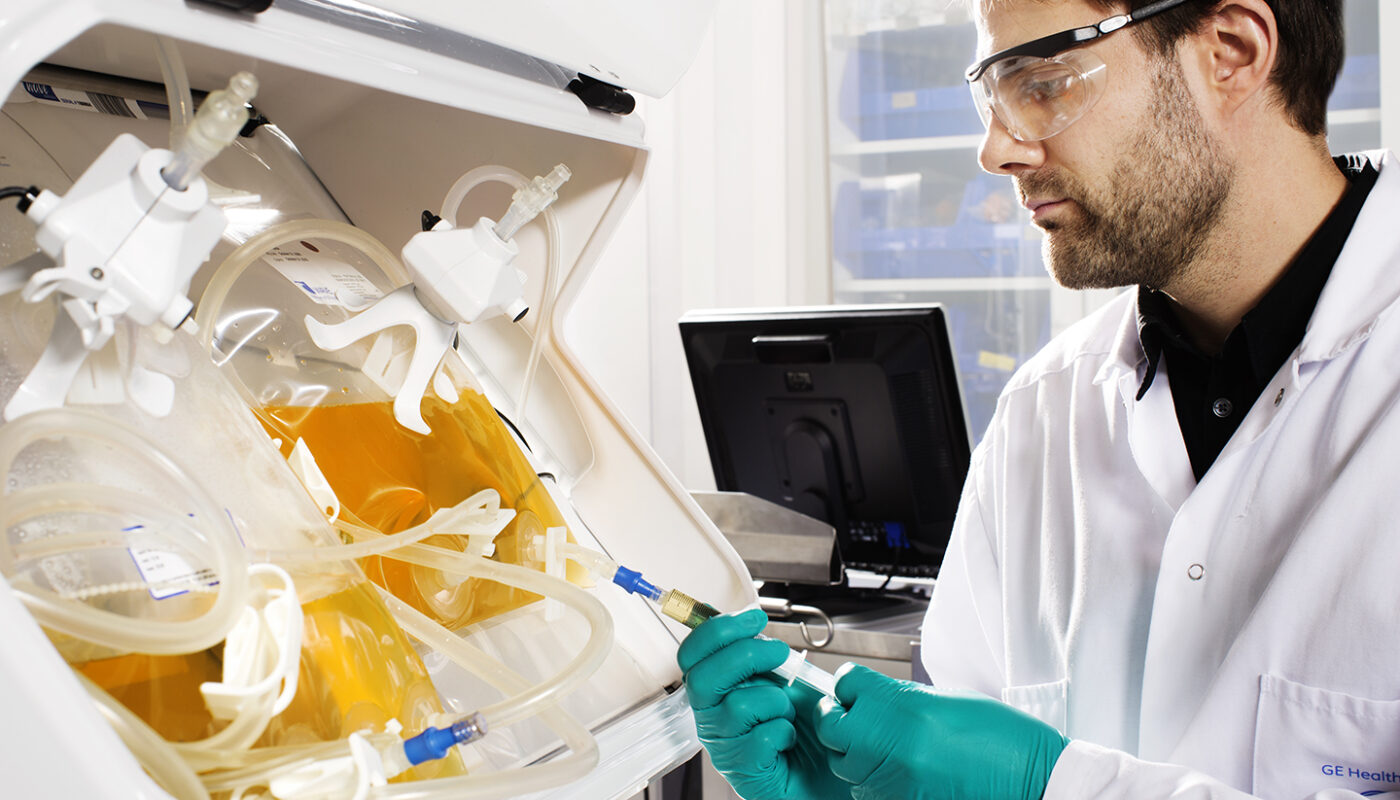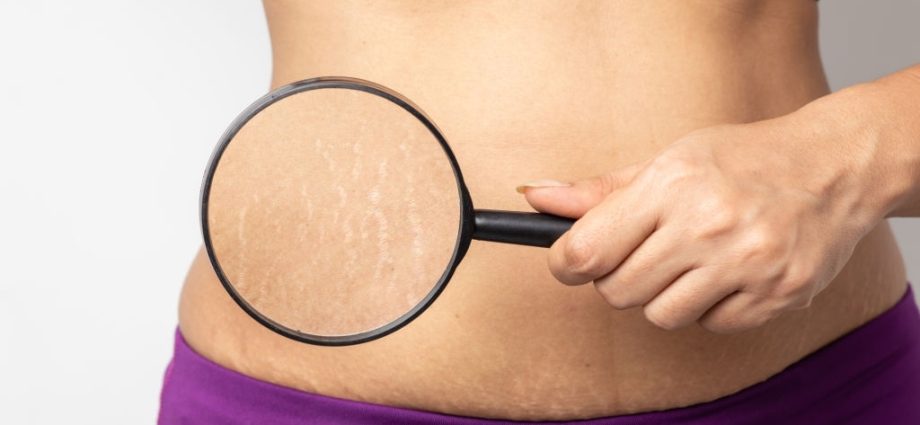Buffers play a crucial role in biopharmaceutical manufacturing as they help maintain a stable physiological environment needed for optimal cell growth and product creation. In the complex bioprocessing workflows used to produce therapies such as monoclonal antibodies, ensuring ideal pH and ion concentrations is essential.
What are Buffers?
A buffer is a solution that helps resist changes to pH levels when acids or bases are added. It contains a mixture of the acid and conjugate base forms of either a weak acid or weak base. Common buffer components include phosphate, Tris, acetate, and citrate. When an acid or base is introduced, a buffer neutralizes its effects through a complex series of chemical reactions driven by equilibrium constants. This allows it to maintain the pH within a narrow range.
Importance of pH Control
living cells and recombinant proteins are precisely tuned by evolution to function optimally only within a narrow pH window, typically from pH 6.8 to 7.4. Outside of this physiological range, cellular functions are disrupted and product quality can deteriorate. Maintaining pH is especially critical during cell culture and purification stages that involve exposure to harsh chemicals or mechanical stresses that could shift pH. Small deviations could compromise quality attributes like glycosylation patterns or aggregate formation impacting safety and efficacy. Precise buffering minimizes batch-to-batch variation and ensures consistent product performance.
Challenges in Biomanufacturing Environments
Biopharma Buffer workflows introduce unique pH challenges compared to traditional small molecule production. Complex integrated continuous processing with alternating solid-liquid-gas contacting involving filtration, centrifugation and gas sparging can induce rapid pH fluctuations. pH control is further complicated by the use of living cellular systems and introduction of metabolic byproducts. Selection of ideal buffer components and their concentration requires consideration of resin sorption, heat of reaction, and solubility impacts during downstream processing. Novel buffer screening approaches leverage design of experiments to unravel buffer-process interactions and select robust formulations.
Common Buffering Agents
Phosphate salts including monopotassium phosphate (KH2PO4) and disodium phosphate (Na2HPO4) are workhorses for pH control in the 6.0-8.0 range. They offer high capacity and minimal interference. Tris (2-Amino-2-hydroxymethyl-1,3-propanediol) buffers from pH 7.0-9.0 and is favored for its solubility. Acetate salts like sodium acetate (CH3COONa) function from pH 4.0-5.5. For lower ranges, citrate, MES (2-(N-morpholino)ethanesulfonic acid) or Bis-Tris (Bis(2-hydroxyethyl)amino-tris(hydroxymethyl)methane) may be applied. Innovation in alternate buffer chemistries also aids proprietary product development.
Multi-Variable Optimization
With multiple interacting buffer variables to tune, integrated approaches leverage design of experiments and multi-variable modeling. Initial screening of buffer/concentration combinations identifies formulations providing robust buffering capacity across pH shifts and operations. Secondary evaluations assess heat of dilution, salt solubility cut-offs and interactions with resins/membranes. Physiochemical characterization evaluates buffer capacity and buffering ranges. Kinetic models of various unit operations simulate dynamic pH response to perturbations, validating buffer performance under realistic manufacturing conditions. Such rigorous optimization yields streamlined robust buffers maintaining tight pH control safely throughout manufacturing.
Quality by Design Implementation
Regulatory expectations further drive adoption of quality by design (QbD) principles wherein buffers are developed using a systematic risk-based approach. This involves understanding critical process parameters (CPP) like buffer concentration and operating pH ranges affecting quality attributes (CQA) such as product stability, impurities and titer. The buffer system design space is then defined based on multi-variable characterization studies and process understanding. In-process controls are established to monitor and maintain buffers within pre-defined design spaces. Overall, QbD implementation enhances robustness and flexibility of biopharmaceutical development and manufacturing processes.
Buffers occupy a vital but often overlooked role in biomanufacturing as the silent protectors of product quality. Advances in rigorous buffer screening and characterization aligned with QbD principles have transformed their development from an afterthought into a strategically optimized critical quality attribute. As the biopharmaceutical industry adopts novel integrated continuous and personalized medicine approaches, innovation in dynamic and tunable buffer systems will be increasingly crucial to maintain lot-to-lot consistency of complex biologics and deliver life-saving therapies to patients.
*Note:
1. Source: Coherent Market Insights, Public sources, Desk research
2. We have leveraged AI tools to mine information and compile it



